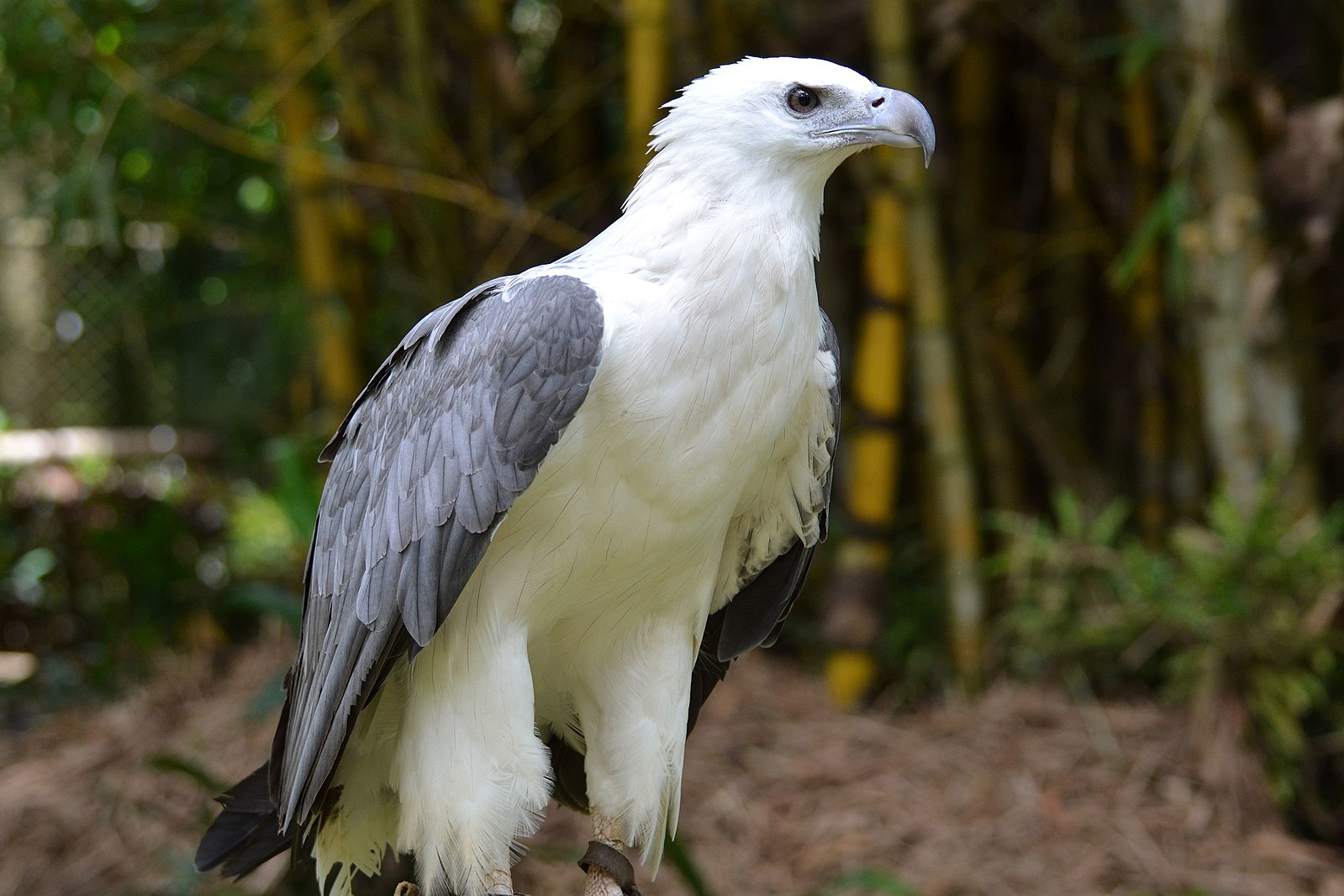White-bellied sea eagles are majestic birds of prey found in Asia and Australasia. These impressive raptors are known for their distinctive white heads, rumps, and underparts, as well as their dark or slate-grey backs and wings. One of the most captivating aspects of these birds is the hatching of their eggs, a process that is both delicate and awe-inspiring.
The Nesting Habits of White-Bellied Sea Eagles
White-bellied sea eagles build large stick nests, which they construct high up in trees, on cliff ledges, or even on telephone poles. The female typically lays a clutch of 1-3 eggs, with two being the most common number. The eggs are then incubated for approximately 40 days, during which time the parents take turns sitting on the nest to keep the eggs warm and protected.
The Hatching Process
 Image source: bellied sea eagle by shankar s
Image source: bellied sea eagle by shankar s
As the incubation period nears its end, the eaglets inside the eggs begin to pip, or break through the eggshell. This process can take several hours, as the chicks use their sharp egg tooth to slowly chip away at the shell. Once the hole is large enough, the eaglet will emerge, wet and vulnerable, into the nest.
The newly hatched eaglets are covered in a soft, downy plumage, and their eyes are closed. They are completely dependent on their parents for food and care, and the parents will take turns feeding and brooding the chicks for the first few weeks of their lives.
Factors Affecting Egg Hatching
The success of white-bellied sea eagle egg hatching can be influenced by a variety of factors, including:
- Weather Conditions: Extreme temperatures, heavy rain, or strong winds can all impact the incubation process and the survival of the chicks.
- Predation: Nest predators, such as snakes, monitor lizards, or even other birds of prey, can pose a threat to the eggs and hatchlings.
- Human Disturbance: Habitat loss, human activity near the nest, and other forms of disturbance can cause the parents to abandon the nest, leading to the failure of the eggs to hatch.
The Growth and Development of White-Bellied Sea Eagle Chicks
Once the eaglets have hatched, they will grow quickly, with the ability to fly from the nest anywhere between 65 to 85 days or more after hatching. During this time, the parents will continue to provide food and care for the chicks, teaching them the skills they need to survive in the wild.
As the chicks mature, their plumage will gradually change, with the distinctive white head, rump, and underparts becoming more pronounced. By the time they are ready to leave the nest, the young white-bellied sea eagles will be well on their way to becoming the impressive predators that their parents are.
Conclusion
The hatching of white-bellied sea eagle eggs is a captivating and delicate process, one that is essential to the survival and continuation of these magnificent birds. By understanding the factors that influence egg hatching and the growth and development of the chicks, we can better appreciate the incredible adaptations and behaviors of these remarkable raptors.
References:
– White-Bellied Sea Eagle Hatching Video
– Animalia.bio – White-Bellied Sea Eagle
– The Peregrine Fund – White-Bellied Sea Eagle
– Mary Ann Steggles – White-Bellied Sea Eagles and the Birds that Visit Their Nest
– Wikipedia – White-Bellied Sea Eagle

